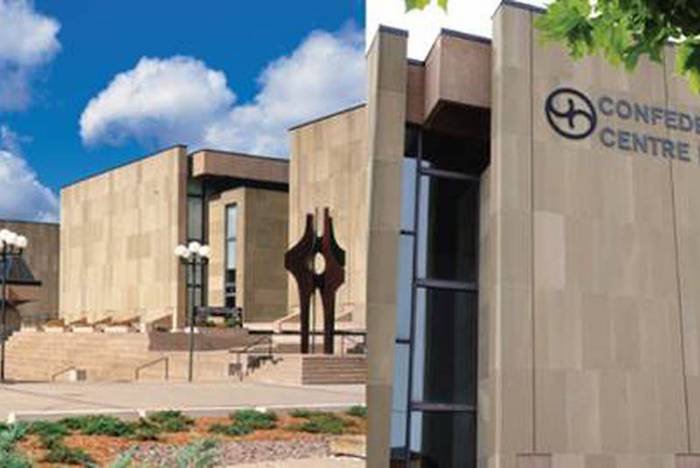Confederation Centre
The Confederation Centre opened in 1964 and was a victim of its acoustical time. Before scientists understood the importance of sound arriving at the listeners from the sides. The Confederation Centre is extremely wide. Our challenge was to overcome this very basic acoustic mistake in a fashion that was visually sensitive to a post-war architecture that so many of the community had taken to their hearts.
Using specifically developed in-house software, we were able to optimise reflecting surfaces at the sides of the ceiling, as we had previously done in the Queen Elizabeth Theatre. But in the case of the Confederation Centre, we were able to calculate reflections off curved surfaces. This allowed us to employ concave surfaces, previously an anathema in concert hall design. Image 4 shows how the focus of a single reflector is safely placed above the audience. Beyond the focus, the reflector becomes a scatterer of sound. Coverage for the entire side ceiling array is shown in Image 5.
Everyone seems happy with the results.
1 / 6
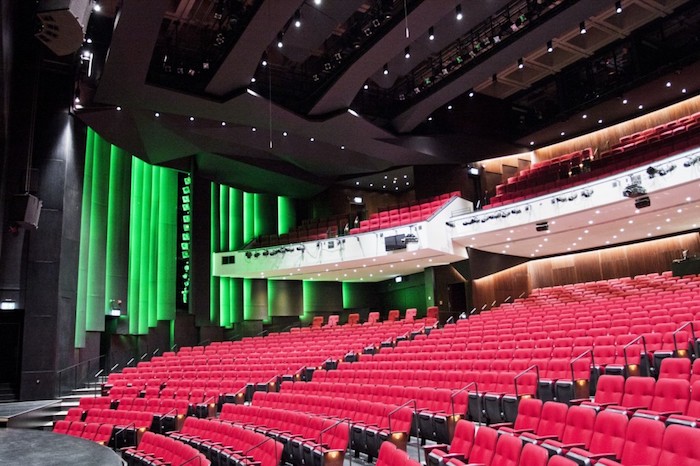
2 / 6
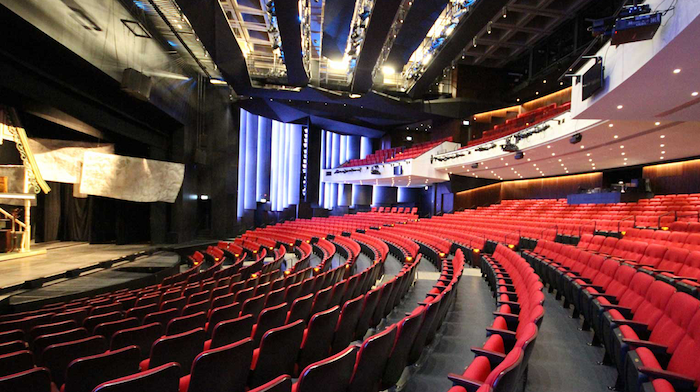
3 / 6
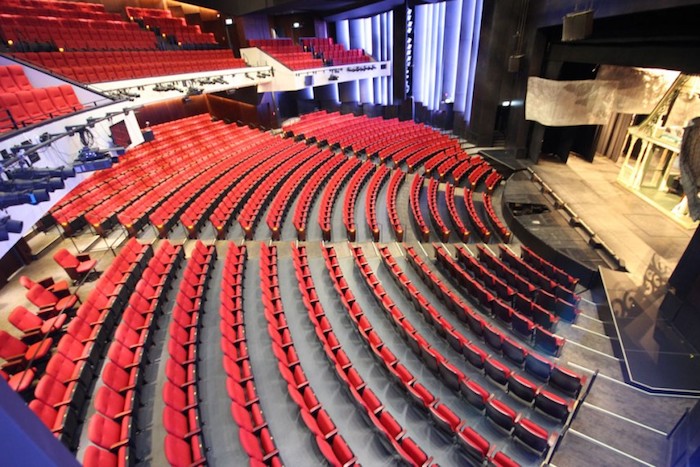
4 / 6
Single ceiling reflector study. A concave reflector with the focus located safely above the audience. Beyond the focus point the otherwise problematic concave surface becomes a beneficial diffuser of sound.
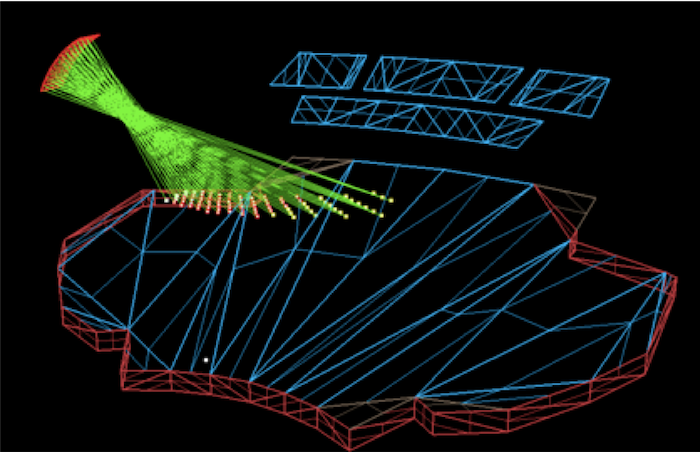
5 / 6
Ceiling reflector array study built from the reflectors shown in the previous image.
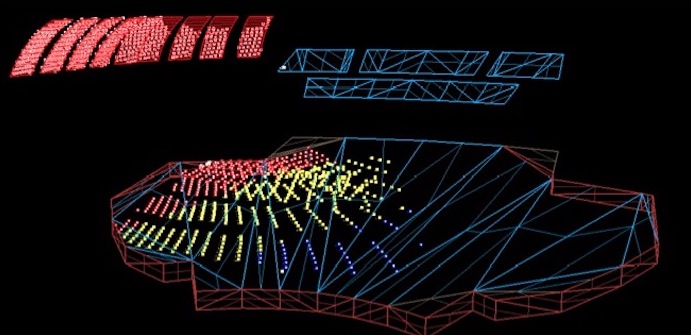
6 / 6
